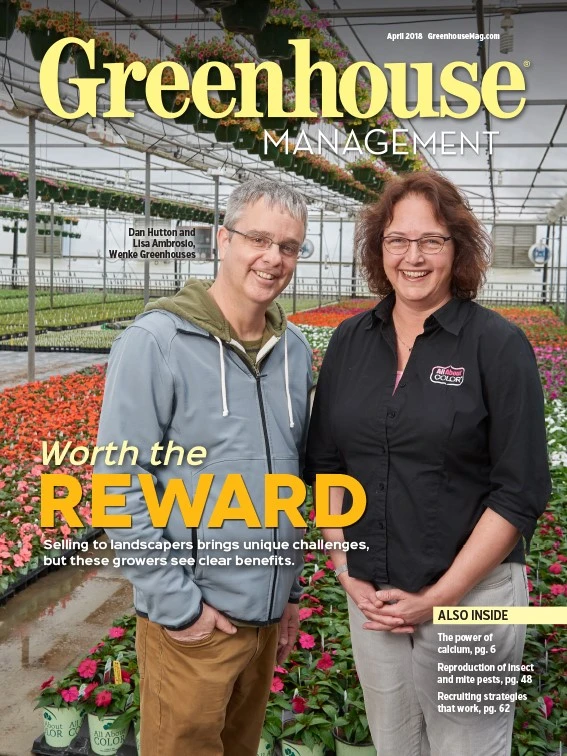
Mycorrhizal Applications was founded more than 20 years ago in an effort to solve a problem foresters had faced for decades: How do you improve transplant success of conifer seedlings when replanting a forest that had been clear-cut?
By the early 1990s, U.S. Forest Service Researcher Dr. Mike Amaranthus had conducted many years of research demonstrating the value of mycorrhizal inoculation of forestry seedlings and the resulting increase in transplant survival. However, when Dr. Amaranthus began recommending the use of mycorrhizae to forestry nurseries, they found that mycorrhizal inoculum

The science behind mycorrhizae can be explained quite simply, and can be understood in tandem with an often used horticultural adage: “The better the roots, the better the plant.” Mycorrhizal fungi live in symbiosis with plants, directly providing the root system with what the plant needs (water and nutrients), while the plant provides what the mycorrhizal fungi need (excess sugars from photosynthesis). The mycorrhizae establish this relationship when a growing plant’s root tips come into contact with a mycorrhizal propagule. Once established, mycorrhizae expand the root mass by sending out ultra-fine mycelium filaments (hyphae) into the soil. These hyphae act as a living extension of the plant’s
Researchers have estimated that approximately 95 percent of all vascular plants on earth are mycorrhizal. Plants and mycorrhizae have developed this mutually beneficial relationship as a mechanism for increased survival. If you go out into nature on a hike in any undisturbed area like a forest or a meadow, chances are good that the plants all around you are relying on this symbiotic relationship to thrive in the absence of inputs. However, in horticulture, the mycorrhizal propagules that kick off this relationship are generally absent from soil or artificial growing
As the leader in the field of commercial mycorrhizal inoculant products, the team at Mycorrhizal Applications collectively has decades of experience helping professional growers adopt this crucial symbiotic technology. Growers can work with Mycorrhizal Applications to determine the best blend of mycorrhizal species to utilize for the particular crops that they grow, discuss which inoculation methods to consider, and plan for the ideal timing in the production process for inoculation in order to ensure the lowest cost and maximum return on investment. Mycorrhizal Applications is also actively working with growers across the country who are adopting mycorrhizae in their greenhouse or nursery. If interested in learning more about applying mycorrhizae, growers can contact the Mycorrhizal Applications team for information, resources, and to determine if an on-site consultation is available.
As a Wisconsin greenhouse grower recently shared: “If I only need to treat once, then applying mycorrhizae to my greenhouse crops makes sense both for me as a grower and for my customers.” The potential benefits to professional growers of utilizing MycoApply® are immense. These benefits include improved plant performance, higher plant grade out, and shorter crop time, just to name a few. MycoApply® is available through many nursery and greenhouse supply distributors in the US and Canada.
For more: mycorrhizae.com, inquiries@mycorrhizae.com, or (866) 476-7800
Get curated news on YOUR industry.
Enter your email to receive our newsletters.

Explore the April 2018 Issue
Check out more from this issue and find your next story to read.
Latest from Greenhouse Management
- Flexible fungicides
- Super Charged Moon Juice from Moon Valley Nurseries now available nationally
- 2025 Proven Winners Horticulture Scholarship applications now open
- How to improve inventory and shipping management in the greenhouse
- Leading Women of Horticulture: Anna Ball, Ball Hort, and Terri McEnaney, Bailey Nurseries
- GM CEA HERB Part 2: A guide to increasing the sowing density of culinary herbs
- GM CEA HERB Part 1: Best practices for producing culinary herbs in controlled environments
- USDA fires experts on invasive pests, including Asian citrus psyllid, chilli thrips





